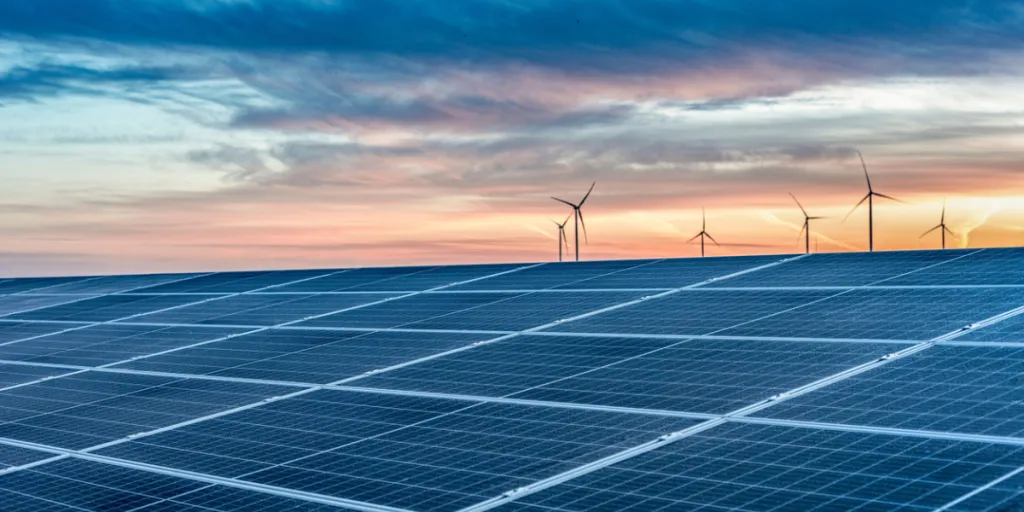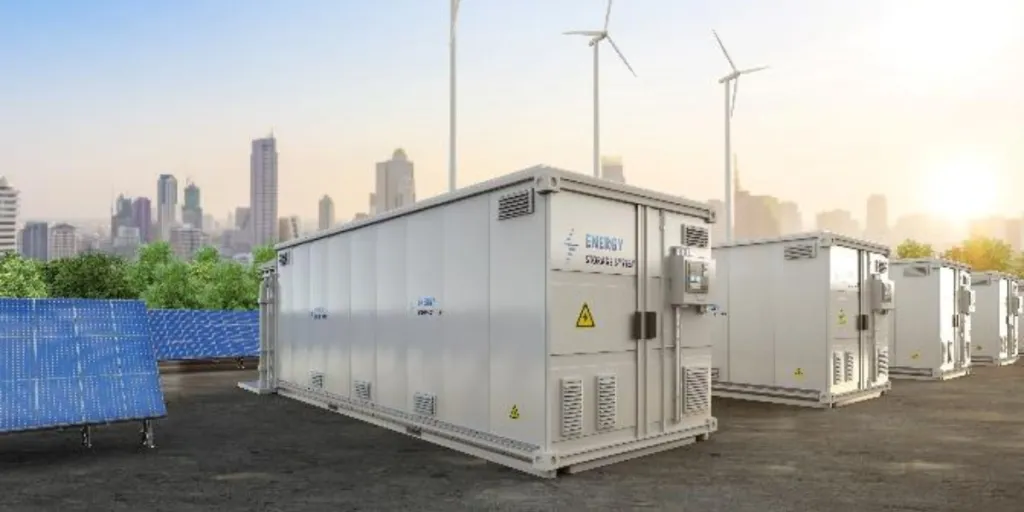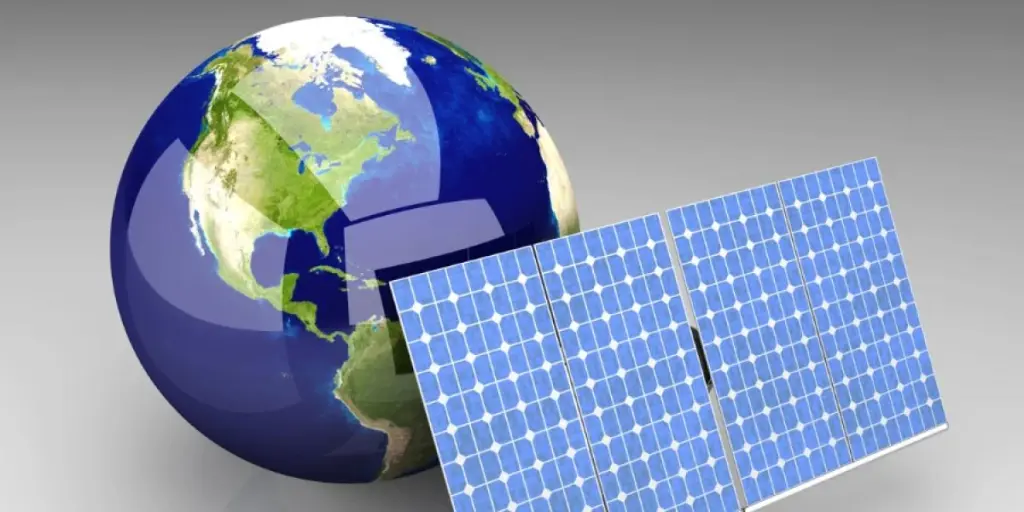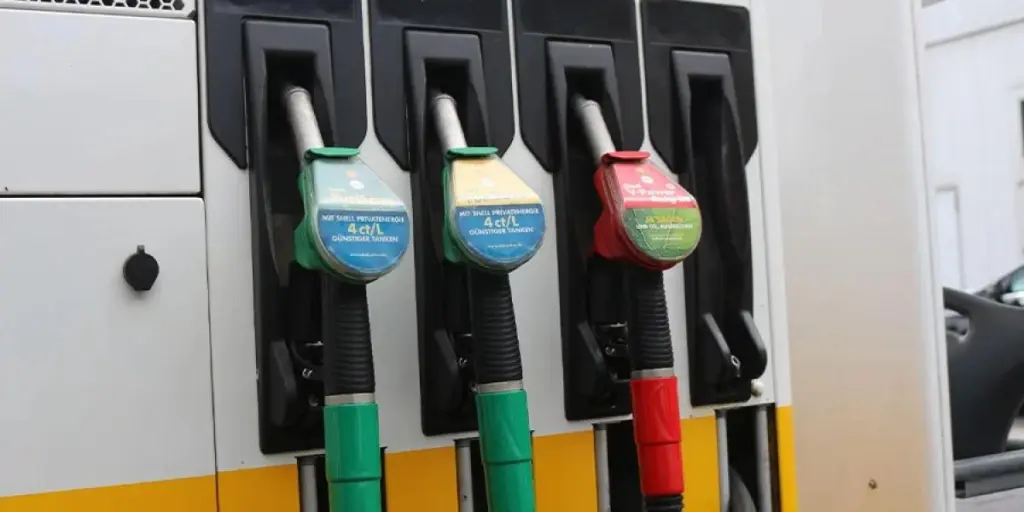- CanREA says Canada installed 1.8 GW new utility scale wind and solar energy capacity in 2022
- It includes 810 MW solar PV, with 25.9% annual growth, that takes the country’s total installed capacity close to 4 GW
- Wind energy additions totaled 1 GW in 2022, reaching more than 15 GW in cumulative numbers
- The association believes the country needs to add 1.6 GW utility scale solar and 3.8 GW wind energy annually to meet its net zero target of 2035
Solar energy capacity of Canada registered an annual growth of 25.9% in 2022 with the addition of 810 MW utility scale last year, while wind energy grew by 7.1% to 1 GW reaching a total of over 15 GW cumulative installed capacity, according to the Canadian Renewable Energy Association (CanREA). The industry lobby sees these annual additions as insufficient to meet the country’s target of net-zero GHG emissions by 2050.
One year ago, the association forecasted a minimum of 1 GW new solar capacity coming online in 2022 with 18 new projects of 10 MW and above capacity.
The cumulative installed solar power capacity of Canada till the end of 2022 was reported having reached nearly 4 GW. That’s the PV capacity level the Netherlands installed in 2022 alone, a country with less than half the population and much less space.
CanREA believes more than a quarter of the Canada’s current solar capacity was installed in 2022 with Alberta alone bringing online 759 MW, followed by 10 MW in Saskatchewan. On aggregate basis, Ontario had over 1.9 GW installed PV capacity.
Together, wind, solar and energy storage sectors grew by 10.5% last year, taking the country’s cumulative capacity till December 2022 to exceed 19 GW utility scale wind and solar energy.
Energy storage additions of 50 MW, an increase of 30.5% annually, accounted for a total of nearly 214 MW at the end of 2022.
CanREA President and CEO Vittoria Bellissimo said the country is ‘just starting to take advantage of its wind and solar energy potential.’
Nonetheless, the association believes this is not enough for the country to achieve its commitment to net-zero GHG emissions by 2050. CanREA recommends the country to deploy over 5 GW of new wind and solar energy annually to be able to meet the targets, divided as 1.6 GW utility scale solar and 3.8 GW wind annually.
GlobalData in 2022, recommended Canada installing 6.1 GW renewable energy capacity, mainly wind and solar, on an average by 2035 to reach a 100% net zero target.
“The country needs to do more to unlock the benefits of the enormous opportunities offered by renewable energy. We have massive, untapped wind and solar resources, the lowest-cost sources of new decarbonized electricity generation available today,” added Bellissimo.
The association counts more than 2 GW of wind and solar power projects under construction in Canada currently, and an additional 6 GW in advanced stages of development. It forecasts over 5 GW wind, 2 GW solar and 1 GW energy storage capacity to come online in the country between 2023 and 2025.
Boost should come as Canada — following in the footsteps of its neighbor the US with its Inflation Reduction Act (IRA) — plans to support clean energy technologies with a $6.7 billion Investment Tax Credit package till 2034-end.
Source from Taiyang News
The information set forth above is provided by Taiyang News independently of Alibaba.com. Alibaba.com makes no representation and warranties as to the quality and reliability of the seller and products.




